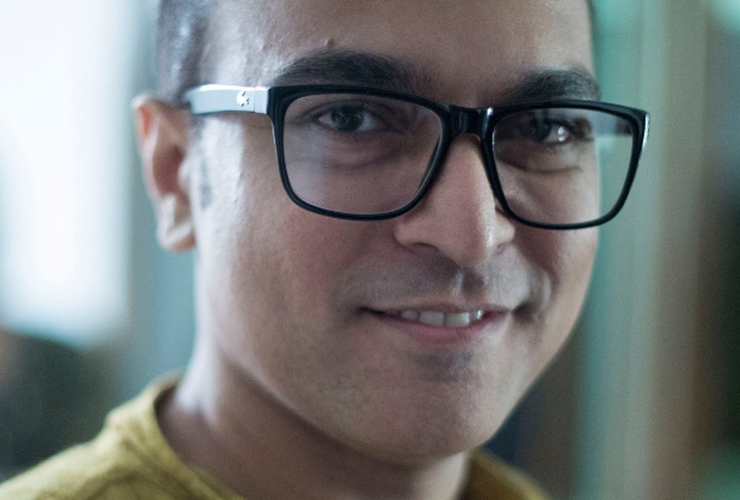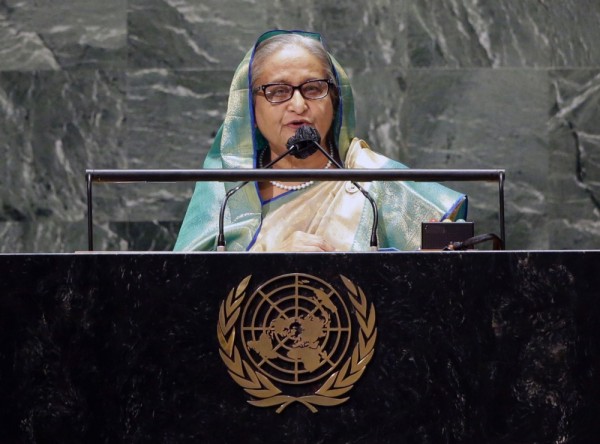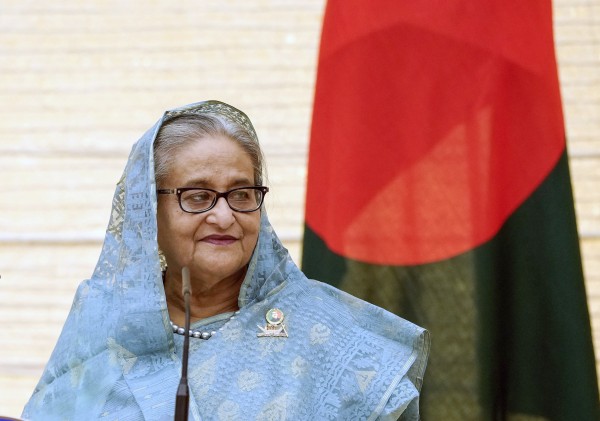Karim Waheed, Editor, Digital, The Daily Star, Bangladesh
Covering COVID-19, or news coverage on the whole as the pandemic rages on worldwide and in Bangladesh, has been a novel experience. Managing a remote newsroom, which became imperative during this time of crisis, without sacrificing standards and missing out on major, developing news required radically new ideas, problem-solving skills and solid teamwork.
Since The Daily Star was already in the process of integrating its digital and print versions, heavy investments were made on infrastructure, which in turn made the process of setting up the remote newsroom possible within days.
The government has not restricted movement of media persons during the nationwide shutdown to prevent the spread of COVID-19. Vehicles used by news agencies remain out of the purview of the shutdown. However, reporters have become more innovative, gathering information over the phone or videoconference. The newsroom gets notifications of newsbreaks and developments in a closed Facebook group, reports are filed on Discord [for digital] and Liberty [for print] for subeditors to work on. Work meetings involving the Editor, Executive Editor, news editors, subeditors and reporters are held on Zoom.
As for safety measures, reporters and photography, multimedia teams have been provided personal protective equipment, N95 masks and gloves. While reporters are gathering information over the phone or videoconference, it is the photographers venturing out — not as frequently as before — while strictly maintaining physical distance and in full protective gear.
While the Institute of Epidemiology, Disease Control and Research (IEDCR) and Directorate General of Health Services (DGHS) provide the official numbers of deaths from COVID-19 and new infections, the newsroom receives detailed reports on deaths, infections as well as suspected cases from reporters in Dhaka and correspondents across the country.
As there are not many political events taking place, we are focusing more on food production and distribution as well as management of relief material for the poor during this time of crisis as we feel this is an area that needs a lot of attention besides the mandatory coronavirus reports.
The Daily Star’s photography and multimedia teams have gone into overdrive, producing more photo and video stories as visuals take center stage during this changed media landscape, covering a range of subjects connected by a common thread — from illustration-heavy “how to self-isolate” to “who is taking care of the animals at Dhaka zoo?”.
We are featuring more human-interest stories: accounts of COVID-19 survivors, everyday heroes working on the frontlines and personal stories of those finding themselves unemployed and desperately in need of financial assistance.
Businesses may be closed but the banking sector is not. We are focusing more on financial predictions (most of which are unfortunately worrying) and analyses.
On the sports and arts-entertainment front, we are publishing interviews of star athletes, artistes and celebrities. Our weekly youth-focused and lifestyle supplements are continuing as well with their varied content as seen through the lens of isolation.
Print circulation has taken a major hit, as is the case around the world. On the digital side, however, we are seeing a sharp surge in readership — to be expected as people are staying home and are actively looking for relevant content.
All things considered, The Daily Star has emerged as a news outlet that’s well-prepared to face the new normal.



